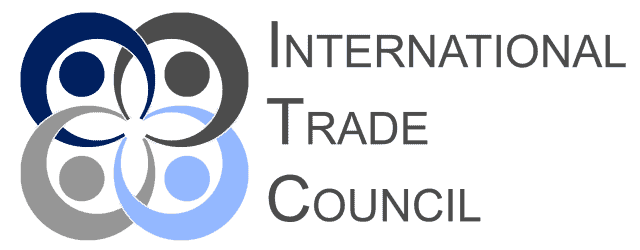
Measuring national innovation capacity has become an almost universal ambition. Governments, international agencies, and private sector actors all want to know: how innovative are we, compared to our peers? The answer is rarely straightforward. The concept of innovation resists easy definition, and the indicators used—patents, R&D spending, skilled workforce—are themselves shaped by methodological choices. Amidst these complexities, the ISIC classification system provides a way to bring structure and clarity to the construction of innovation indices, ensuring greater comparability and transparency.
At the foundation is the assignment of ISIC codes to R&D-intensive sectors. Some are obvious: pharmaceuticals (ISIC 2100), computer programming, consultancy and related activities (ISIC 6201), and, increasingly, computer facilities management and design (ISIC 6202). Others—such as aerospace, chemicals, and high-tech manufacturing—can be mapped to their respective codes at the four-digit level. The discipline of assigning firms, establishments, or R&D projects to these codes ensures that sectoral comparisons within and between countries are meaningful. Without such structure, cross-country analyses risk conflating very different economic activities.
The next step is integrating relevant innovation indicators. Patent filings, for example, can be categorized by the ISIC code of the applicant or the primary sector of activity. National patent offices and international databases often record both the nature of the invention and the business activity of the filer. By allocating patents to ISIC-coded sectors, analysts can move beyond crude totals and examine the intensity and focus of inventive activity. Are most patents arising in pharmaceuticals, or are they increasingly driven by software and data services? The answer provides clues about the evolving structure of national innovation systems.
R&D expenditure, typically tracked in national accounts and firm-level surveys, can likewise be disaggregated by ISIC code. The precision of this allocation varies, but the goal is always the same: to identify which sectors are investing most heavily in new knowledge, processes, and products. This is particularly important for policymakers, who may wish to direct incentives or support to sectors with high innovation potential but underinvestment, or to benchmark their R&D intensity against international norms.
The third key input is skilled labor—usually measured as the share or number of employees in science, technology, engineering, and mathematics (STEM) roles, or with advanced degrees, within each sector. Linking labor force data to ISIC codes allows for analysis of whether sectors with high R&D and patenting activity also employ a correspondingly skilled workforce. Discrepancies—such as a sector with high R&D outlays but low numbers of skilled staff—may signal outsourcing, offshoring, or reliance on external collaborators, each with different policy implications.
With these building blocks in place, the construction of a composite innovation index becomes possible. Each indicator—patents, R&D spending, skilled labor—can be normalized (for example, per unit of output, per firm, or per employee) within each ISIC-coded sector. Weighting these components according to analytical or policy priorities yields a sectoral innovation score. National indices can then be calculated by aggregating sectoral scores, either as simple averages or using more complex weighting schemes reflecting the structure of the economy.
For international comparisons, consistency in ISIC code assignment and indicator definitions is critical. Differences in sector boundaries, patent classification practices, or labor force reporting can all introduce bias. The virtue of the ISIC system is its global adoption and regular updating, but analysts must remain vigilant—ensuring, for example, that computer design in one country is coded the same way as in another, or that pharmaceutical R&D includes the same scope of activities.
Some limitations are inescapable. Not all innovation is captured in patent data, especially in sectors where secrecy or rapid iteration is preferred. R&D spending may be misreported or classified under broader corporate entities. Skilled labor metrics can lag behind actual hiring or skill acquisition. Yet, by rooting analysis in ISIC codes, these gaps are at least transparent, and the basis for comparison remains consistent.
For policymakers, the ultimate value of incorporating ISIC codes into innovation index calculations lies in the specificity of diagnosis and the precision of intervention. Rather than relying on national aggregates or anecdotal accounts, they can see clearly which sectors are leading, which are catching up, and which are falling behind. This detail informs decisions about where to target funding, reform regulation, or invest in education and training.
As the global race for innovation intensifies, methodological rigor matters more than ever. ISIC codes, often regarded as a technical detail, can play a quiet but central role—bringing order, clarity, and comparability to the complex task of measuring and fostering innovation.
